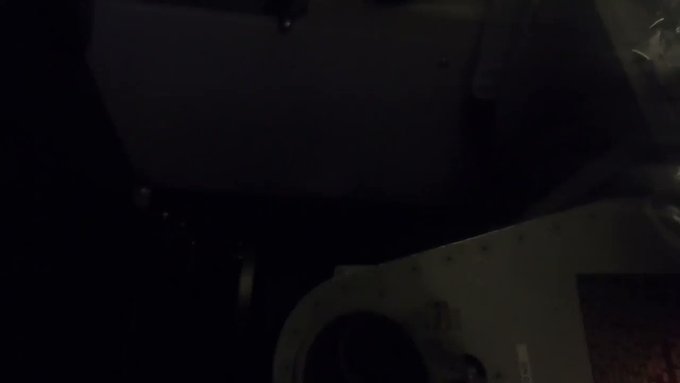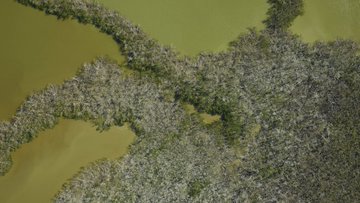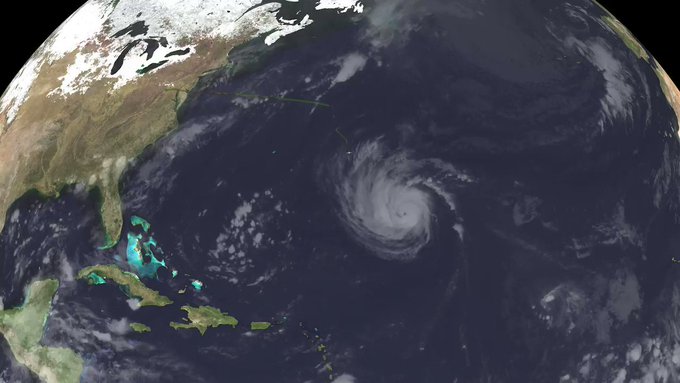Scientists might not be dropping bombs into hurricanes, but hurricane hunters do bombard each storm with tube-shaped objects known as dropsondes to collect meteorological data.
A dropsonde is a weather instrument that is dropped out of an aircraft into a hurricane to collect data. During its descent, it transmits data about the surrounding atmosphere back to scientists by using a variety of sensors.
"Dropsondes are used to remotely measure atmospheric weather conditions. They measure the usual weather parameters of temperature, humidity, atmospheric pressure and wind speed," AccuWeather Senior Meteorologist Dave Samuhel said.
The dropsonde is an 11-inch-long tube, roughly the size of the cardboard paper towel roll, or similar to the size of a can of Pringles, according to Samuhel.
They communicate the data they record with radio waves. After scientists review the data, the information is sent to all of the world’s meteorological services and into their computer models.
These devices aren't strictly used during hurricanes. On occasion, they will be used to gather additional meteorological data about developing winter storms over the eastern United States.
Approximately 30 dropsondes are released during a typical reconnaissance flight, which lasts about 8.5 hours, according to the University Corporation for Atmospheric Research (UCAR).
"They are very critical in getting hurricane information as they can record data over a wide portion of the atmosphere where as hurricane hunters can only get data at one level," Samuhel said.
It drifts downward, measuring and transmitting information about the temperature and humidity. As the wind moves the dropsonde, the global positioning computer chip transmits the position.

A NOAA hurricane hunter aircraft, a model known as WP-3D and nicknamed Kermit, returns from a flight through Hurricane Dorian. (Photo/NOAA)
By comparing positions every few seconds, NASA scientists can estimate how far the wind moved the dropsondes, and thereby get a wind speed and direction.
"Most of the dropsondes that hurricane hunters release are near the center of tropical systems, but they are also released by jet aircraft in a large area surrounding the circulation of the tropical system," Samuhel said.
RELATED:

NOAA researcher Gary Wick holds a dropsonde, while Terry Hock a researcher from NCAR, holds the dropsonde parachute. (Photo/NASA)
According to Samuhel, this is very helpful as it samples the atmosphere across a wide area above the ocean where data is very limited.
"All of the data the dropsondes receive are sent to be included in the latest computer forecast model runs," Samuhel said.
The dropsondes are not able to be retrieved, so environmental engineers at Wallops studied what happens to them when they are released. The results found that within an hour, the instruments were at a depth of approximately 4,000 feet or on the bottom of the ocean, leaving very little time for the dropsonde to become entangled or to become a meal for turtles or marine species.








No comments:
Post a Comment